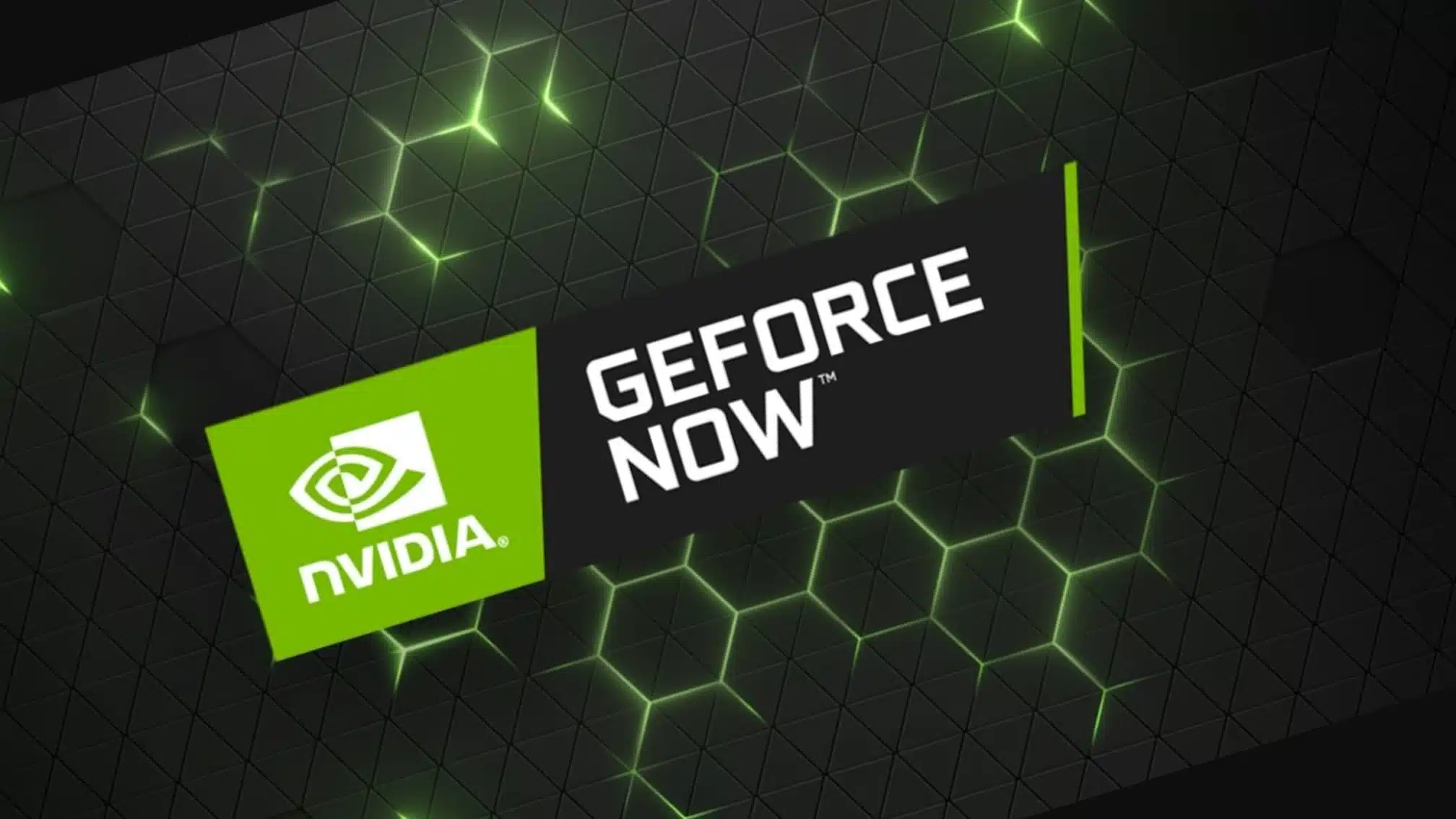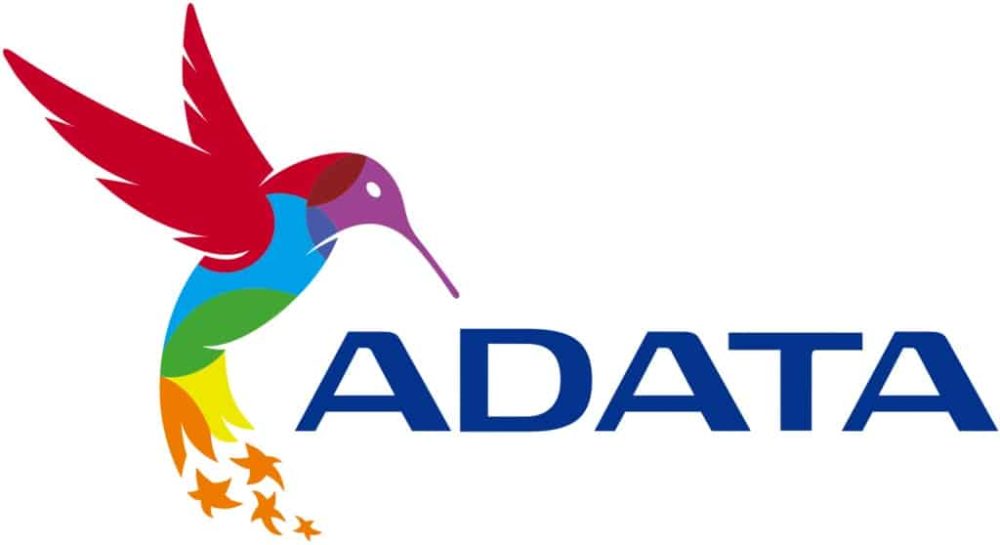Starting January 2025, Nvidia will limit GeForce Now’s streaming hours, implementing a monthly cap of 100 hours for its Performance and Ultimate subscribers.
The new policy, announced via Nvidia’s blog, will charge $2.99 for an extra 15 hours on the Performance tier and $5.99 for the Ultimate. This change impacts new subscribers as of January 2025, while current users will receive a grace period until 2026.
GeForce Now allows gamers to play their PC games on high-powered cloud GPUs without needing costly gaming hardware, making it a popular choice for those seeking premium graphics on devices with limited specs. Until now, GeForce Now has allowed unlimited monthly playtime for subscribers, although session lengths were capped. Nvidia claims the move aims to improve overall service quality by reducing wait times and maintaining high performance for its user base.
Nvidia’s statement emphasized that 100 hours is “ample” for 94% of its users, but avid gamers in the remaining 6% have a choice: either cut back on playtime or pay more.
Extra Fees for Hardcore Gamers: A Trade-Off for Stability?
Nvidia argues the change prevents a blanket price hike for all users. Given the high operating costs associated with cloud GPUs, Nvidia sees this cap as an alternative to increasing subscription fees. Still, this move has received mixed reactions, particularly among those who exceed the 100-hour limit and will feel the impact most.
To soften the blow, Nvidia will allow up to 15 unused hours to roll over to the following month, offering some flexibility for gamers who occasionally exceed the limit. The Performance (previously Priority) tier will also now support higher resolutions, including 2560×1440 and ultrawide options, bridging some of the gaps previously exclusive to the Ultimate tier.
A Look Into the Future: Are Metered Streaming Services Here to Stay?
The metered access approach may hint at a broader industry trend. While entertainment services like Netflix and Disney+ are grappling with subscriber churn and rising operational costs, Nvidia’s decision points to a similar dilemma for game streaming. However, gaming’s overheads are arguably higher due to the resource demands of high-performance GPUs.
This 100-hour cap is a significant shift for Nvidia’s loyal power users, likely prompting questions about value versus limitation. Why not allow those paying full-price subscriptions to continue with unrestricted access while focusing such limits on entry-level or free users?
Nvidia’s new restrictions come during a remarkable time for the company, which recently surpassed Apple in market value, becoming the world’s most valuable company at $3.6 trillion. However, as Nvidia forges new paths as a tech giant, maintaining customer satisfaction among its core gaming audience will be vital to sustaining its appeal.


